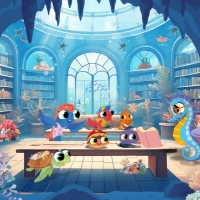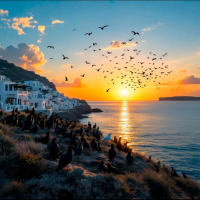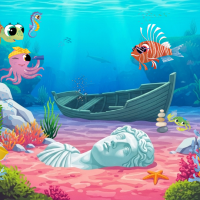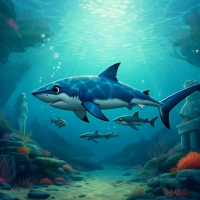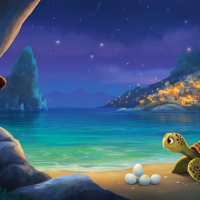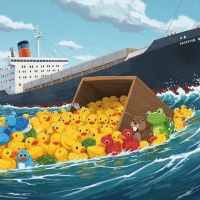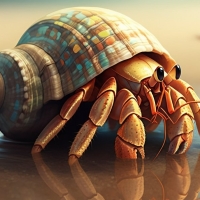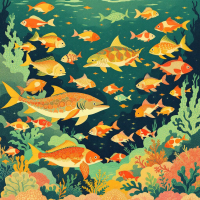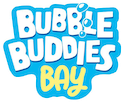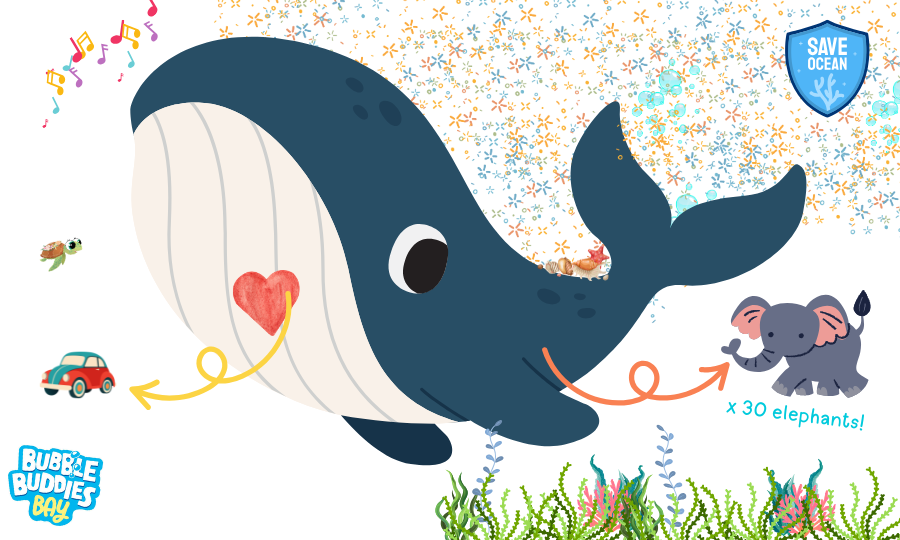
The Mighty Blue Whale
- Sophia's Blog
- Hits: 268
Have you ever heard of Pinocchio, the wooden puppet who dreams of becoming a real boy? In one of his adventures, he gets swallowed by a giant whale! But here’s the twist: real whales are even more amazing than in fairy tales.
Massive, Mysterious, and Totally Majestic!
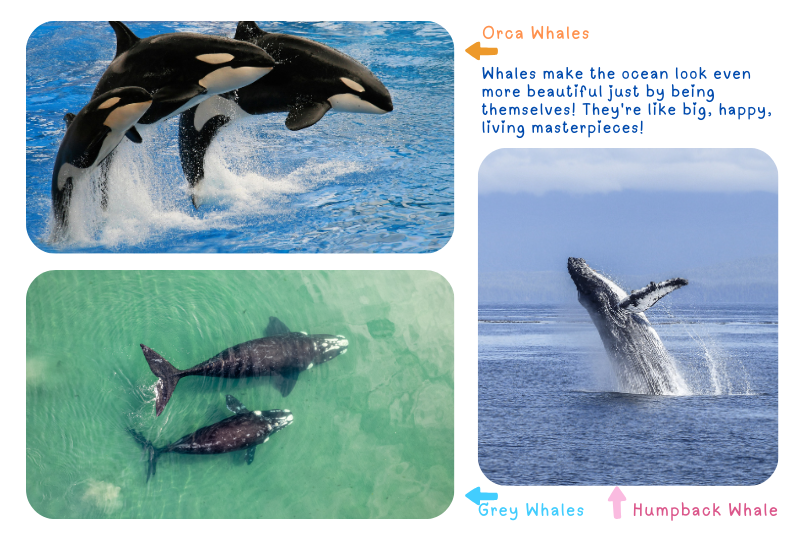
Just like us, whales are mammals: they breathe air with lungs (just like you!), give birth to cute baby whales, and feed them milk.
There are about 90 different types of whales, dolphins, and porpoises in the world: together, they are called cetaceans.
Every whale is unique! Some love to sing, some dive deep, and others leap high! Some live in the wide-open ocean, some near the coast, and others deep in the chilly polar seas. They're all amazing and need our help to stay safe!
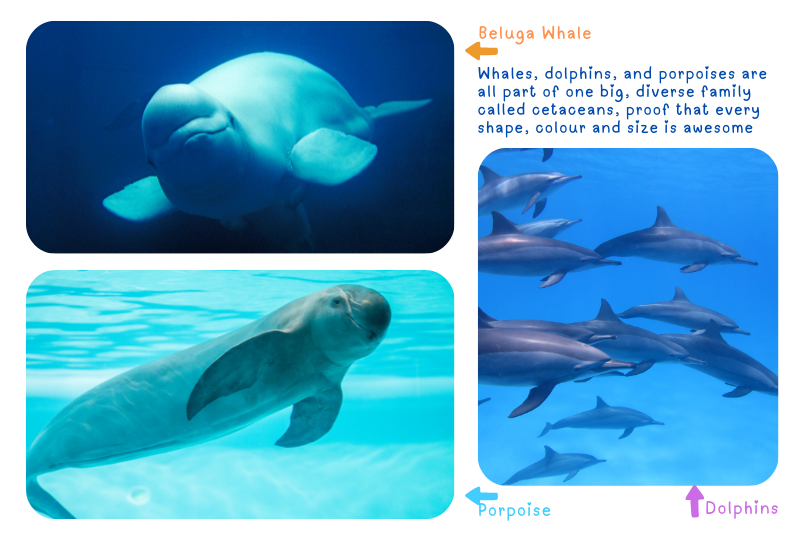
Whales: Ocean Superstars!
Whales have always had a special place in people’s hearts. They are more than just big and beautiful; they are a powerful symbol of hope. In Native American stories, whales represent wisdom (which means being very clever and knowing a lot). In Chinese culture, they stand for balance, like the idea of yin and yang (that's about how opposite things, like light and dark, work together in harmony).
Meet the Big Blue!
The biggest and most amazing is the blue whale, the biggest animal that has ever lived on Earth, even bigger than dinosaurs! They can grow up to 30 metres long (that’s longer than two school buses) and weigh up to 200 tonnes. That’s like stacking 36 elephants on top of each other! And its heart is enormous – about the size of a small car – and it beats just once every 10 seconds. You could hear it from 3 kilometres away!
But don’t let their size scare you: blue whales are peaceful and gentle giants.
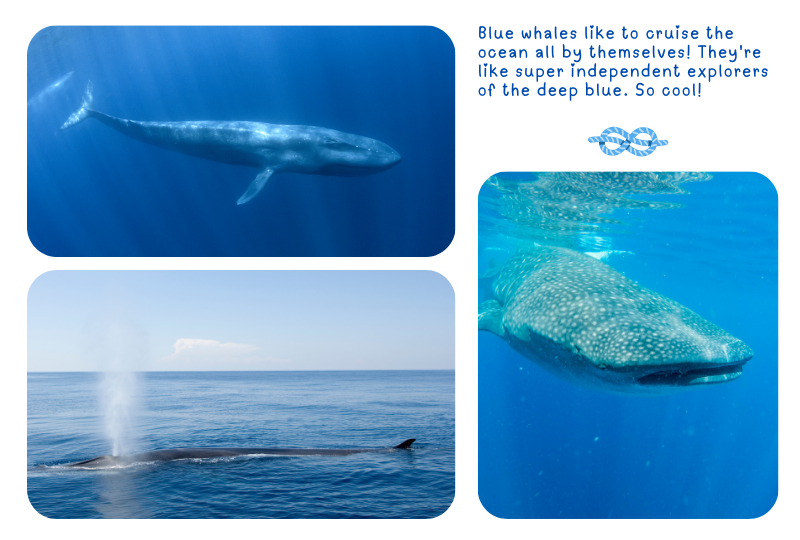
Blue whales are baleen whales. This means they don't have teeth! Instead, they have long, comb-like plates in their mouths called baleen that filter tiny, shrimp-like creatures called krill from the water. Each day, they can gulp down up to 16 tonnes of krill: the same as eating 21 adult cows!
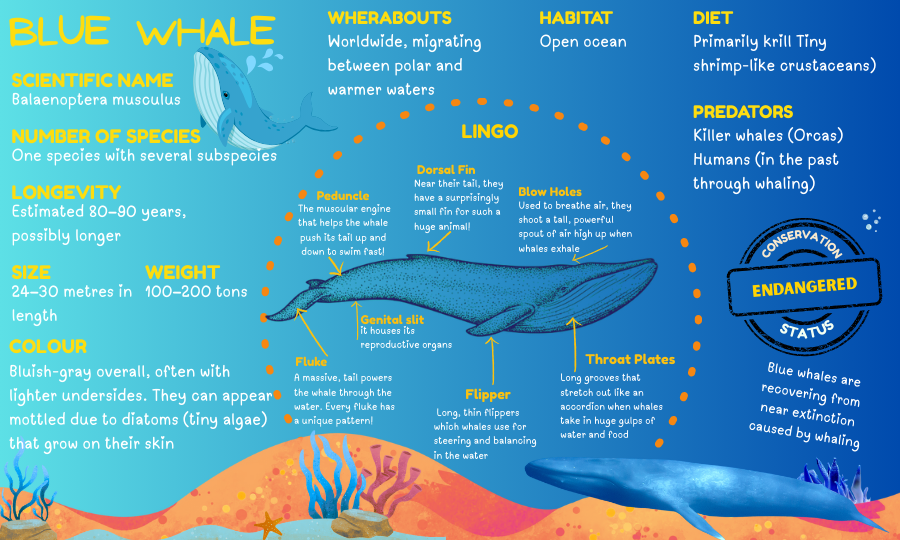
To digest their HUGE meals without any problems, whales have super special tummies.
While we have one stomach, a blue whale has three, and some whales can have a whopping 13!
Food travels through different stomachs, like going on a twisty waterslide full of blenders and mixers! A blue whale's "food tube" can be longer than a football pitch!
Deep Sea Singers and Sleepy Giants!
Blue whales are some of the loudest animals on Earth. Their deep moans and groans travel for hundreds of miles, so other blue whales can hear them from super far away! Their songs are too low for our ears to hear, but they're important for finding friends or saying, "This is my spot!"
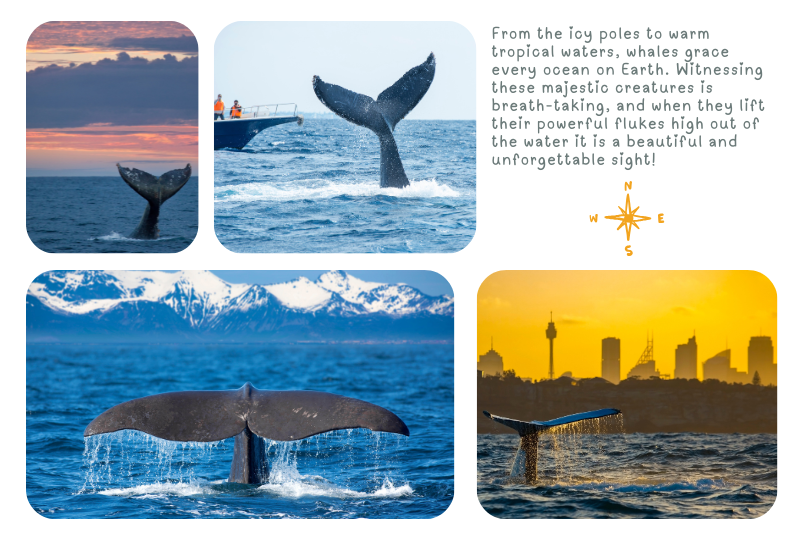
Whales need to stay awake to breathe, so they have a cool trick called unihemispheric sleep (don’t worry if you cannot say it, I also have problems pronouncing it correctly). This means one half of their brain sleeps while the other half stays awake! So, they're half-asleep and half-awake all the time. This trick helps whales stay safe while resting: they never fully switch off!
Some whales drift while sleeping, while others float upright just below the surface, like sleepy towers in the sea.
Some whales love to breach, which is when they leap out of the water like a giant splashy somersault! Blue whales don't jump as much because they're so big, it takes a LOT of energy. They'd rather save that energy for swimming and finding food. But when a blue whale does breach, it's a sign of a healthy ocean!
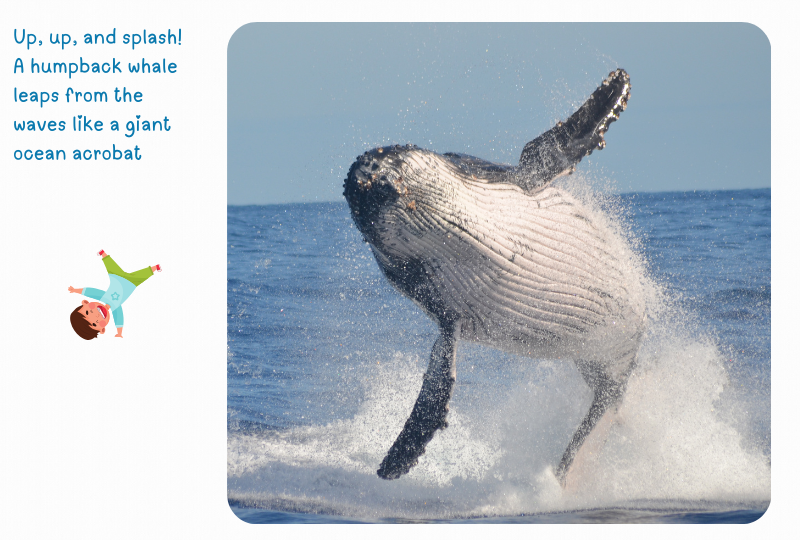
Helping Our Whale Friends
Even though they’re protected by laws in many countries, 6 out of the 13 types of big whales are still endangered (meaning there are very few left, and they might disappear forever) or vulnerable (meaning they could easily become endangered). Every year, at least 300,000 whales and dolphins die because of dangerous fishing nets, noisy ships, pollution (which is rubbish and bad stuff in the water), and the loss of safe places to live.

Yet, whales play a huge role in keeping the ocean healthy. They’re at the top of the food chain (which shows what eats what in nature, from tiny plants to big animals) and help balance marine ecosystems (which means keeping everything in the sea working together nicely). Even more surprising, each whale captures around 33 tonnes of carbon dioxide (a gas that makes our planet warmer), helping to fight climate change (the big changes happening to our Earth's weather).
Here Are A Few Activities For You!
🐳 How long is a blue whale? Ask a grownup to help. Lay a long rope, 30 metres, down your schoolyard or park, that’s the length of a full blue whale! You and your friends can even lie down next to it and count how many kids long it is!
🐳 Draw a Whale: Pick your favourite whale and draw a picture of it swimming in the ocean. Don't forget to include some krill or fish!
🐳 Whale Gratitude Jar: Inspired by the story of the rescued whale who gently thanked her helpers, let’s create our own way to show appreciation:
- Decorate a jar or small box and make it colourful and fun. Then, every day for one week, write or draw something you are thankful for and pop it inside. It could be a person, a moment, something you love, or something kind someone did for you.
- At the end of the week, open the jar and read the notes with your friends or family. Talk about them together. You might laugh, remember something special, or even learn something new about each other.
- Like the whale that seemed to say “thank you,” we can all practice kindness and appreciation, too. It’s even more fun if you do it with your friends or classmates, and you can decorate your jars together!
🐳 Ocean Sing-Along: I wrote this song with my friend Athena, but oops! We forgot the music! What a smart-silly duo we are. Can you help us by creating your own melody? You can sing it any way you like, slow like a sleepy whale or bouncy like a dolphin dance. You can even write your own verses too! Here’s our lyrics:
“I’m big and blue, and I sing to the sea,
I dive down deep where the krill swim free.
With a splash and a tail and a blow from my spout,
I help the ocean without a doubt!”
🐳 Create a Whale Poster: Team up with your friends or classmates to make a big, eye-catching poster that helps others learn about the problems whales face.
- Try using recycled materials (maybe even things collected from the beach or sea) to make your artwork extra special.
- At the top of your poster, you can write something like: “We Promise to Help Whales!”
- You might draw a big, smiling whale and write your own messages, such as: “We’ll never throw rubbish in the ocean” or “We love whales and want to keep them safe!”
- Before you begin, have a little chat with your team about what the poster will look like and what messages you want to share. However, it turns out, it will be amazing because it’s made with care and fun.
If you really want to go big, you could even ask your local council for permission to paint a colourful whale mural in a public place. Your parents or teachers can help plan it, and maybe it could even turn into a community celebration! Just remember: always get permission first before painting on walls.
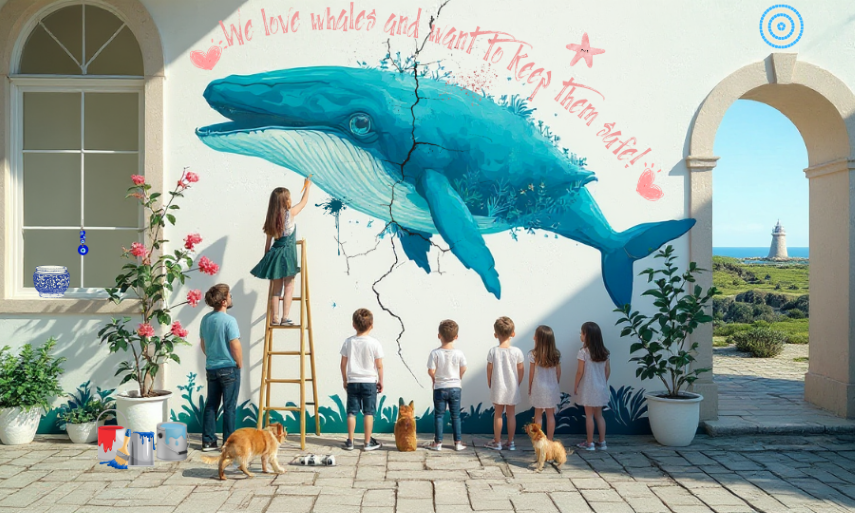
I'm off to explore a kelp forest, catch you later!
Sophia the Seahorse

